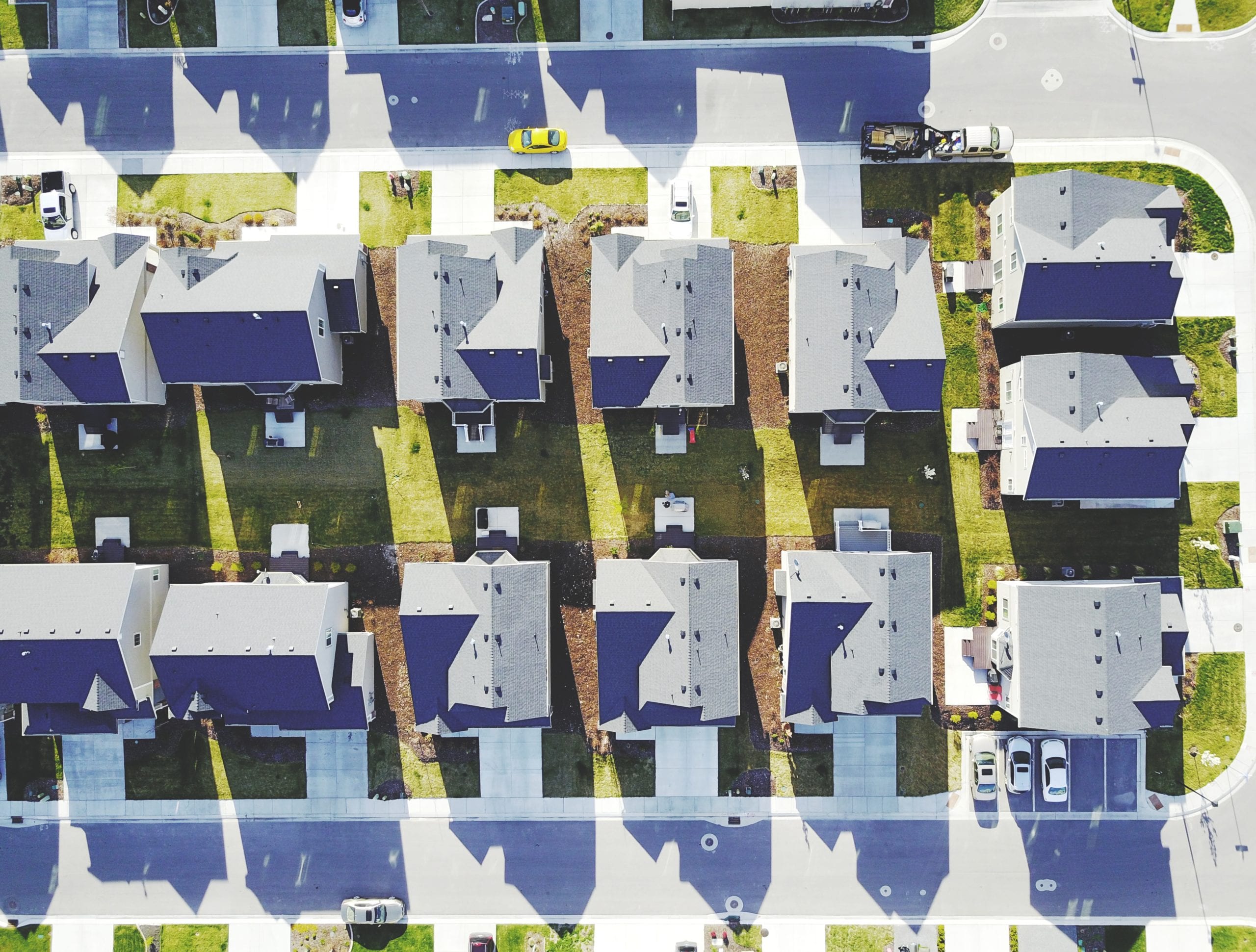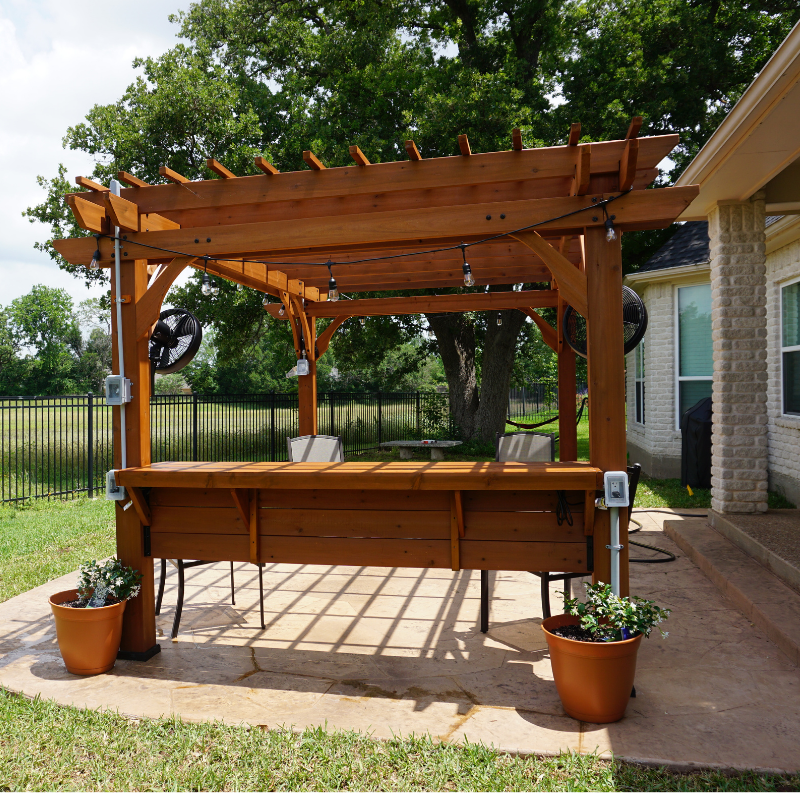For many years, new home buyers and builders have operated on the equation of price per square foot, which assumes that the lower the price per square foot = higher the value.
We’re here to say that this could not be further from the truth.
Although the price per square foot can be useful in learning about the general value of real estate in a particular area, it is a less than desirable ACTUAL indicator of a home’s actual value.
Unfortunately, this equation has led to builders delivering on-demand, which results in low- grade homes. Products that are essentially substandard are being used during the buildout- including windows, doors, siding, cabinets, and flooring.
As you can imagine, these problems are incredibly frustrating for homeowners and result in an increased cost across the board.
- Utilities
- Maintenance
- Replacements
Did you know that there are 2,500+ UNIQUE ITEMS that make up an average home?
When these items are engineered to create the “builder grade” standard, they are intended to keep the price per square foot as low as possible. Therefore, the quality is substandard. Typically, these materials last about the same amount of time as a builder’s warranty.
Many builders hire the most cost-efficient contract labor & pressure them to complete and finish in the shortest time possible in order to achieve the lowest price per square foot. Simultaneously, the contractor cuts as many corners as possible.
On that note, the most detrimental place to reduce the cost per square foot is in design.
Intentionally, the first place one would notice this is in the size of the house. One way to reduce the price per square foot is through the economy of scale, which means adding more square feet.
A well-designed home can reduce as much as 20% of the square footage and still fulfill the desired space.
Typically, a new home buyer will have many choices when choosing a floor plan and they typically pick their favorite one. This approach disregards orientation + site conditions, which invariably leads to added utility costs, loss of aesthetics and sometimes drainage issues that can lead to expensive repairs down the line.
Choosing a stock floor plan means that a family will be adapting to a plan rather than adapting a plan to the family.
Predictably, a complete custom home will add cost in some areas but it will also create an advantageous opportunity to reduce costs in other areas. This will not fit every budget but it is less expensive in the long run.
Now, for some good news! — Give us a call, our expert team will help you design and build the perfect house for YOU!


















